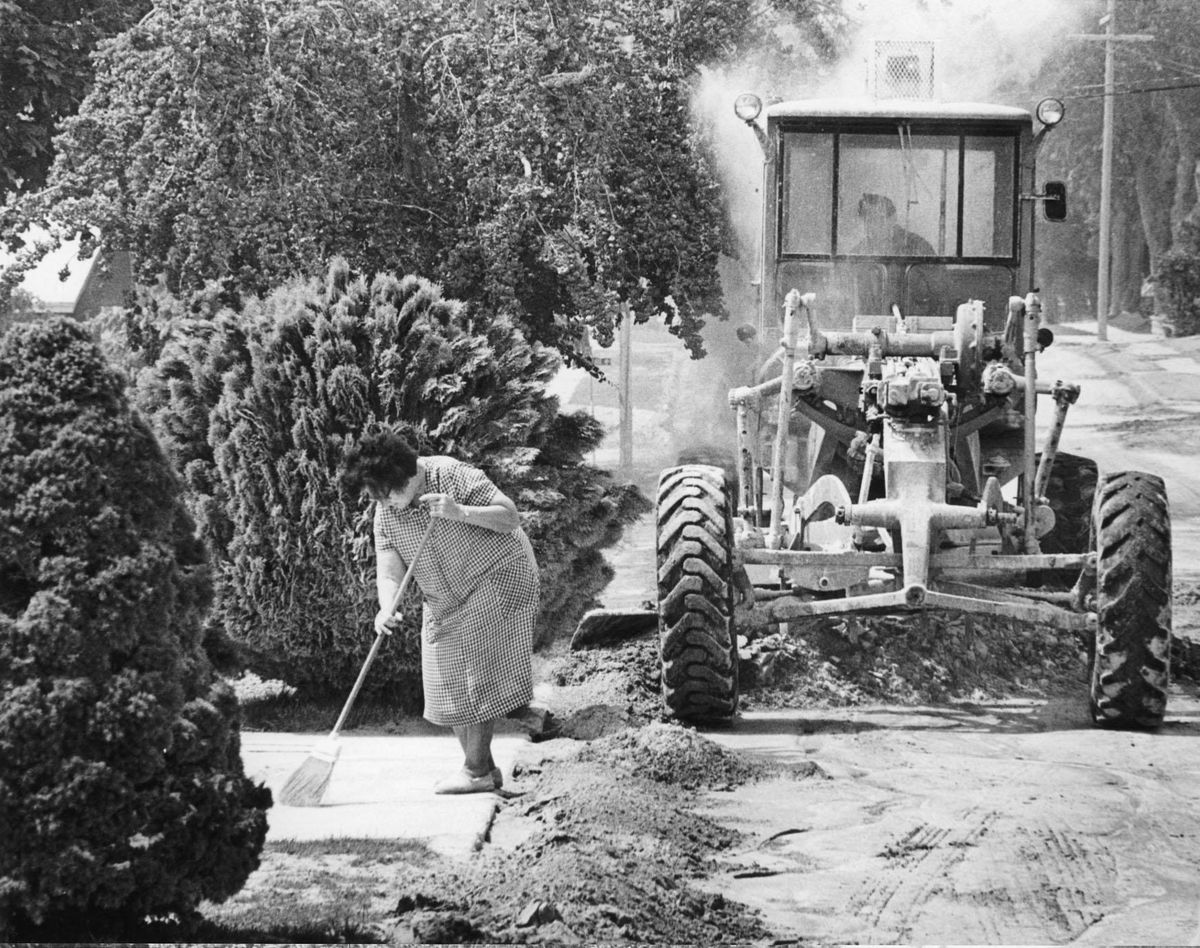Gardening: Volcanic ash helps keeps soil very fertile

Monday marked the 40th anniversary of the eruption of Mount St. Helens. I was mowing my yard that day before a really big (or so I thought) thunderstorm moved in. My geologist husband missed the career high point. He was in New York City and was not happy to miss it. All I had was an old Instamatic camera with half a roll of film to record it.
For those of you who didn’t get to experience this event, just imagine everything covered with a heavy, gray talcumlike powder. This rock powder contained a lot of abrasive silica. It got into everything and wore down engine and machinery parts very quickly. The city street crews had to mix it with damp sawdust to be able to scoop it off the street before it plugged storm drains and turned to something that resembled concrete. Wheat farmers in the Palouse got yields of over 100 bushels an acre that summer but they had to sharpen their combine blades after each trip around the field.
These are just the short-term impacts of one eruption. With a whole string of volcanic peaks in the Oregon and Washington Cascades, the Pacific Northwest has experienced many such eruptions over the millennia. As a result, Washington is blessed with very fertile soil that supports over 300 different crops.
Most gardeners are familiar with the primary plant nutrients, nitrogen, phosphorus and potassium. But plants also need secondary nutrients or trace minerals to be healthy. That is where the abundance of volcanic ash comes into play here. The ash contains dozens of minerals including magnesium, calcium, sodium, sulfur, copper, iron and zinc; all important to plant growth.
Once the ash falls to the ground, it comes into contact with water and other naturally occurring chemicals. Over long periods of time, the water and chemicals break down the ash into other chemical compounds that are more readily taken up by plant roots. The plants usually don’t need a lot of these secondary minerals, hence the term trace minerals.
The area around Spokane got around an inch of ash in the St. Helens eruption. Ritzville and the central part of the state got several inches. In fact, you can still see patches of white ash on the roadsides as you drive I-90 between Ritzville and Moses Lake.
Even though the ash brought us a lot of good minerals, we do need to provide a few of them like iron on an ongoing basis. Our alkaline soil chemistry ties up the iron and the plants can’t use it. As a result, plants like rhododendrons and hydrangeas can turn yellow and not thrive. By applying a rhododendron fertilizer, the problem can be corrected. The fertilizer, like the breakdown of the ash, changes the growing environment.
The lawn mower I was using when the ash cloud hit was brand new. By the end of the summer, the ash had destroyed the aluminum head on the engine. Thank goodness for lifetime guarantees.